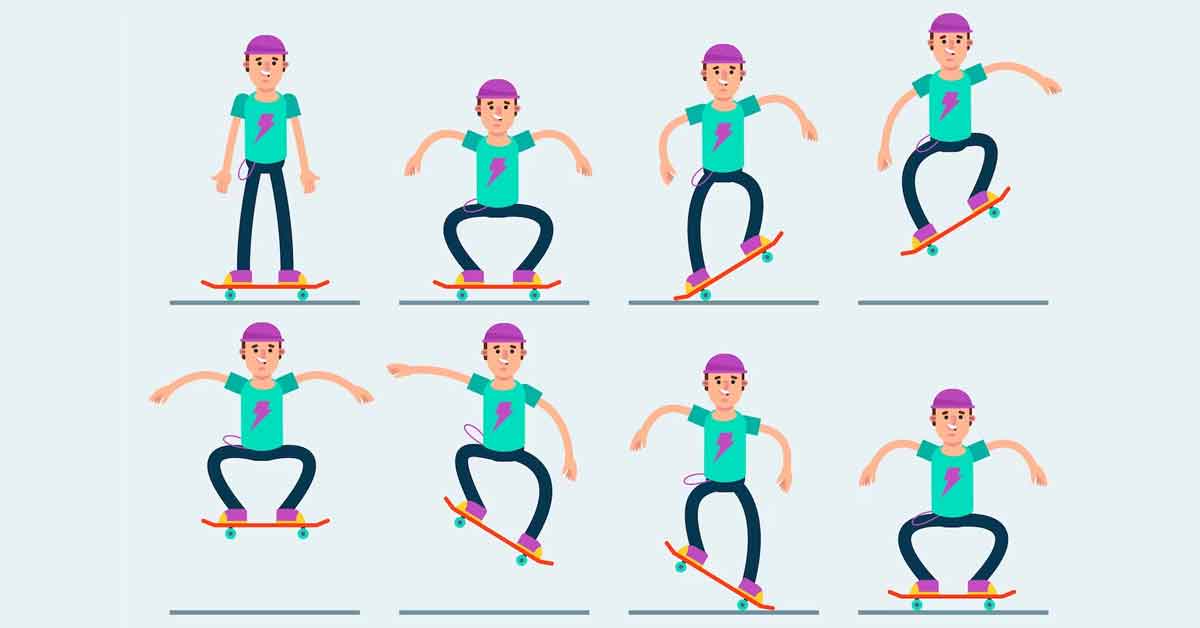Introduction: In the age of digital media and high-tech gadgets, there’s something captivating about the simplicity and charm of flip books. Flip books, also known as flick books or thumb books, are small booklets that create the illusion of animation when the pages are flipped rapidly. They offer a unique and tangible way to bring drawings, stories, and characters to life. In this article, we will delve into the world of flip books and explore the magic they hold.
The Basics of Flip Books: Flip books consist of a series of images or drawings that gradually change as the pages are flipped. When the pages are turned quickly, the images appear to move fluidly, creating the illusion of motion. The key to the animation lies in the persistence of vision phenomenon, where our eyes retain an image for a brief moment after it disappears. By presenting a sequence of images in rapid succession, our brains perceive them as continuous motion.
Creating a Flip Book: Making a flip book is a creative endeavor that allows individuals of all ages to express their imagination. Here’s a step-by-step guide to creating your own flip book:
- Gather the Materials: To get started, you’ll need a stack of paper, a pencil or pen, and any coloring tools you prefer, such as markers or colored pencils.
- Plan the Animation: Decide on the story or sequence of images you want to depict in your flip book. Keep in mind that simplicity often works best, especially for beginners. Start with a basic concept and build upon it.
- Divide the Pages: Divide your stack of paper into equal-sized rectangles. The number of pages will determine the length of your animation. The more pages you have, the longer the animation will be.
- Draw the Frames: On the first page of your stack, draw the first frame of your animation. For example, if you want to create a bouncing ball, start by drawing the ball at the top of the page. On the next page, slightly alter the position of the ball to show movement. Continue this process, making incremental changes to the ball’s position on each subsequent page.
- Flip and Enjoy: Once you’ve completed the frames, hold the stack of paper between your fingers and flip through the pages from back to front. Watch as your drawings come to life and the animation unfolds before your eyes.
The Endless Possibilities of Flip Books: Flip books offer limitless possibilities for creativity and storytelling. They can showcase simple movements like bouncing balls or jumping figures, or they can depict complex narratives with detailed illustrations. Artists and animators often use flip books as a starting point for their projects, experimenting with different techniques and refining their skills.
The Joy of Sharing: Flip books are not only a delight to create but also a wonderful way to share your art and imagination with others. They make unique gifts, conversation starters, and educational tools. Sharing your flip book creations can inspire others to explore their own creativity and bring their ideas to life.
Conclusion: Flip books hold a special place in the realm of animation, offering a tangible and interactive experience that transcends the digital world. They provide a gateway to storytelling and self-expression, allowing individuals to become both the creator and the animator. So, pick up a pencil, grab some paper, and let your imagination take flight as you embark on the enchanting journey of flip book creation.

